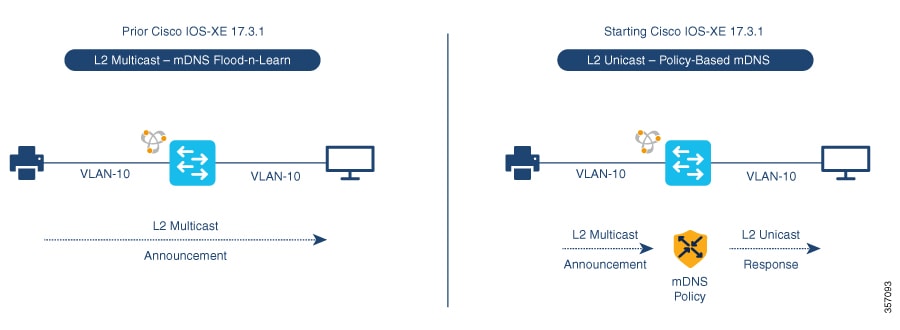
The route map itself specifies the match criteria and the resulting action if all of the match clauses are met. To enable policy-based routing, you must identify which route map to use for policy-based routing and create the route map. Policy-based routing is a more flexible mechanism for routing packets than destination routing. Possible applications for policy-based routing are to provideĮqual access, protocol-sensitive routing, source-sensitive routing, routing based on interactive versus batch traffic, and To be routed some way other than the obvious shortest path. You might enable policy-based routing if you want certain packets Map determines which packets are routed to which device next. Policy-based routing (PBR) is a process whereby the device puts packets through a route map before routing them. Information About Policy-Based Routing Default Next-Hop Routes Navigator, go to An account on is not required. Use Cisco Feature Navigator to find information about platform support and Cisco software image support. To find information about the features documented in this module,Īnd to see a list of the releases in which each feature is supported, see the feature information table.

See Bug Search Tool and the release notes for your platform and software release. For the latest caveats and feature information, Your software release may not support all the features documented in this module.


The Policy-Based Routing Default Next-Hop Route feature introduces the ability for packets that are forwarded as a result

Policy-Based Routing Default Next-Hop Routes


 0 kommentar(er)
0 kommentar(er)
